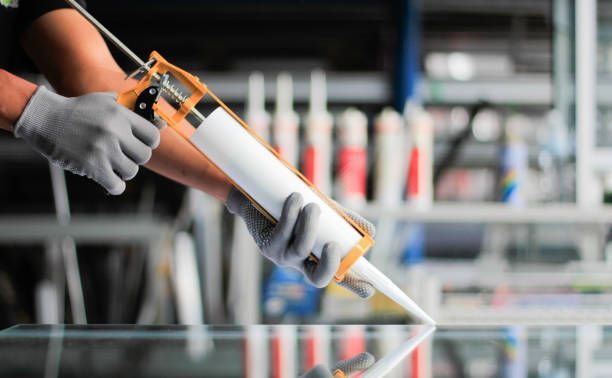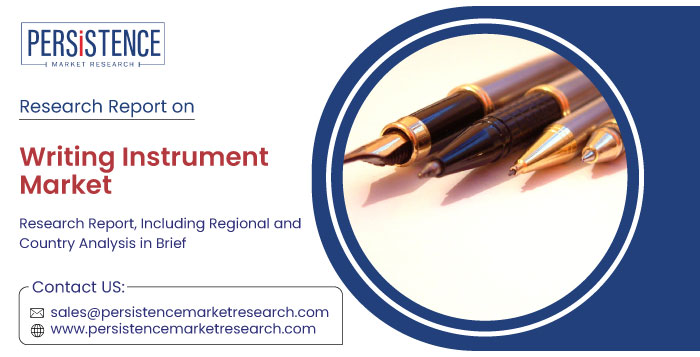Expert Tips for Storing and Handling Automotive Adhesives & Sealants

The automotive adhesives and sealants market is witnessing substantial growth, driven by innovations in vehicle manufacturing, the rise in electric vehicle production, and increased demand for lightweight materials. As per industry insights, the global automotive adhesives and sealants market is projected to rise from 9 billion US dollars in 2025 to approximately 13.8 billion US dollars by 2032. This growth reflects a steady compound annual growth rate of 5.2 percent, underscoring the increasing reliance on these critical bonding and sealing solutions in the automotive sector.
With their pivotal role in improving vehicle safety, structural integrity, noise reduction, and resistance to environmental factors, automotive adhesives and sealants must be stored and handled with precision. Improper handling can compromise their performance, reduce shelf life, and ultimately lead to quality issues in automotive production. This comprehensive guide provides expert tips for storing and handling these materials to help technicians, manufacturers, and maintenance teams ensure peak performance and safety.
Understanding the Nature of Automotive Adhesives and Sealants
Automotive adhesives and sealants are engineered formulations designed to bond or seal components in vehicles, including body panels, windshields, interior trim, and more. Their applications range from structural bonding to vibration dampening, corrosion resistance, and environmental sealing. These materials often contain reactive chemicals that can degrade or change properties when exposed to air, moisture, heat, or contaminants.
Understanding the chemistry and characteristics of each product is essential. Common types include epoxy, polyurethane, silicone, acrylic, and rubber-based adhesives and sealants. Each type has specific storage and handling requirements, and knowing these distinctions is the first step in proper management.
Importance of Proper Storage
Maintaining optimal storage conditions ensures the product remains usable and performs as intended. Improper storage can cause premature curing, separation of components, and degradation of bonding properties.
Key Storage Tips
- Control Temperature:
Store adhesives and sealants in temperature-controlled environments, typically between 10 and 25 degrees Celsius unless otherwise specified by the manufacturer. Excessive heat can cause premature curing, while cold temperatures may lead to thickening or crystallization.
- Avoid Direct Sunlight:
Keep products away from direct sunlight or UV exposure. UV rays can initiate curing in certain formulations, especially those that are light-sensitive.
- Use Original Packaging:
Always store products in their original, tightly sealed containers. Original packaging is designed to protect the material from contamination and environmental exposure.
- Rotate Inventory Regularly:
Follow a first-in, first-out approach to ensure older materials are used before their expiration date. Check labels for manufacturing and expiry dates and avoid using outdated products.
- Keep Away from Moisture and Air:
Moisture and oxygen can initiate chemical reactions, especially in moisture-curing sealants. Store in dry areas and avoid opening containers unless needed.
- Separate Incompatible Materials:
Do not store reactive chemicals next to each other. For instance, certain adhesives may react with acidic or basic materials stored nearby, affecting performance or creating hazards.
Best Practices for Handling Adhesives and Sealants
Proper handling ensures safety for workers and preserves product effectiveness. Adhering to safety guidelines also helps maintain compliance with occupational health standards.
Handling Guidelines
- Use Personal Protective Equipment:
Always wear appropriate PPE such as gloves, safety glasses, and protective clothing. Some adhesives can irritate skin or eyes, while others may emit harmful vapors.
- Read the Technical Data Sheet:
Before handling any adhesive or sealant, consult the manufacturer's technical data sheet for application methods, curing times, compatibility, and safety precautions.
- Avoid Cross-Contamination:
Use dedicated tools and equipment for each adhesive type to prevent cross-contamination. Even trace amounts of incompatible substances can affect adhesion or curing.
- Dispense Correctly:
Use proper dispensing tools and techniques to maintain consistent application. For two-part adhesives, ensure accurate mixing ratios using automatic mixers or metering systems.
- Ventilate Work Areas:
Ensure proper ventilation in the workspace to avoid the buildup of fumes, especially when using solvent-based adhesives. Use fume hoods or localized exhaust systems when necessary.
- Maintain Clean Work Surfaces:
Dust, oils, and residues can interfere with adhesion. Clean and prepare all surfaces thoroughly before applying adhesives or sealants.
- Monitor Environmental Conditions:
Humidity and temperature can affect curing times and adhesion quality. Monitor and adjust conditions to stay within the recommended range for the specific product in use.
- Handling Special Adhesive Types
Each adhesive type may have unique handling requirements. A closer look at the most common types helps fine-tune procedures for better results.
- Epoxy Adhesives
Epoxies are strong structural adhesives that require precise mixing of resin and hardener. Always follow specified ratios and use within the recommended pot life. Store in dry, cool environments, and clean tools promptly after use to prevent hardened residue.
- Polyurethane Adhesives
Polyurethanes are sensitive to moisture and should be stored in airtight containers. Use only dry tools and avoid opening containers for extended periods. These adhesives offer flexibility and strength, making them ideal for bonding dissimilar materials.
- Silicone Sealants
Silicones are known for their resistance to temperature extremes and UV exposure. Store in sealed cartridges and avoid exposure to acids or bases. Handle in clean areas to avoid contamination and always allow full curing time for effective sealing.
- Acrylic Adhesives
Acrylics are fast-curing and often come in two-component systems. Use appropriate mixing nozzles and dispose of unused mixed product before it hardens. Store in cool conditions and keep away from direct light.
- Rubber-Based Adhesives
These are often solvent-based and require well-ventilated handling areas. Keep containers tightly closed to avoid evaporation and fire hazards. Avoid static discharge near flammable formulations.
Common Storage Mistakes to Avoid
Many storage errors arise from oversight or rushed processes. Here are some common mistakes and how to avoid them:
- Storing in Non-Climate-Controlled Areas:
Avoid storing in garages, outdoor sheds, or areas with fluctuating temperatures.
- Ignoring Expiry Dates:
Using expired adhesives can result in weak bonds or failure during application.
- Leaving Containers Open:
Exposure to air shortens the product’s life and can lead to hardening or contamination.
- Stacking Drums Incorrectly:
Always stack storage drums or containers according to manufacturer guidelines to prevent leakage, punctures, or pressure buildup.
- Overbuying Inventory:
Stocking more adhesive than needed can lead to wastage as products expire before use.
Ensuring Workplace Safety During Adhesive Application
Safety is not just about protective gear but also about creating a work culture that prioritizes proper handling. Employers should implement training programs and reinforce guidelines.
Safety Measures
- Label Clearly:
Ensure all containers are labeled with product name, hazard symbols, and expiry dates. Unlabeled containers pose serious safety and compliance risks.
- Conduct Regular Inspections:
Check storage areas regularly for leaks, damaged containers, or expired materials. Take corrective action immediately.
- Keep Emergency Supplies On-Hand:
Maintain easily accessible eyewash stations, spill kits, and fire extinguishers. Employees should know how to respond to accidental exposure or spills.
- Train Personnel Thoroughly:
Regular training ensures employees understand the importance of proper storage and handling. Include updates whenever new products are introduced.
- Document Procedures:
Maintain written handling and storage protocols. These documents serve as references and ensure consistency across shifts and teams.
Extending Shelf Life and Maximizing Value
Proactive storage and handling practices do more than ensure safety; they also extend the usability and value of adhesives and sealants.
Ways to Maximize Product Life
- Check Inventory Weekly:
Regular checks prevent product expiration and help maintain an efficient supply chain.
- Invest in Climate-Controlled Storage:
Temperature-controlled cabinets or rooms pay for themselves by preserving high-value adhesives longer.
- Use Desiccants:
For moisture-sensitive products, including desiccant packs in storage containers helps reduce humidity and prolongs shelf life.
- Repackage if Necessary:
For partially used bulk materials, consider repackaging in smaller airtight containers to limit exposure.
- Track Usage Patterns:
Analyzing usage data can help in making better purchasing decisions and avoid overstocking.
Final Thoughts
As the automotive industry continues to evolve, the importance of reliable and efficient adhesives and sealants becomes increasingly critical. With a growing market projected to reach 13.8 billion US dollars by 2032, manufacturers and technicians must prioritize best practices in storing and handling these essential materials. From maintaining proper temperatures to ensuring safe handling and usage protocols, every step counts in ensuring product performance, worker safety, and operational efficiency.
Whether you are managing an automotive assembly line or operating a small repair shop, implementing these expert tips will help protect your investment, improve application outcomes, and support long-term success in an industry where precision and durability are non-negotiable.
Note: IndiBlogHub features both user-submitted and editorial content. We do not verify third-party contributions. Read our Disclaimer and Privacy Policyfor details.







